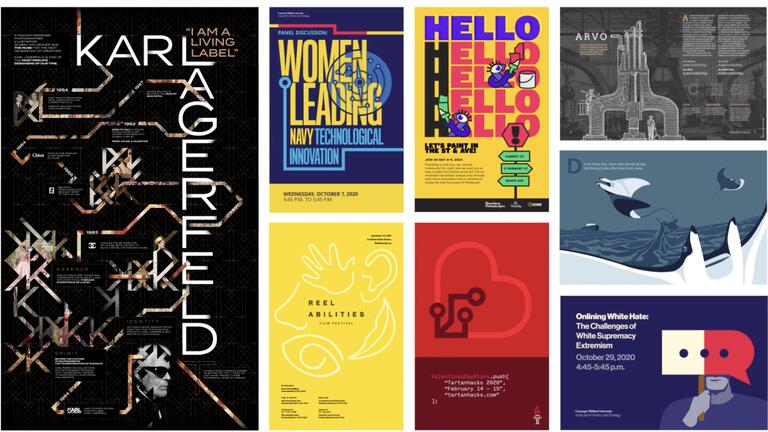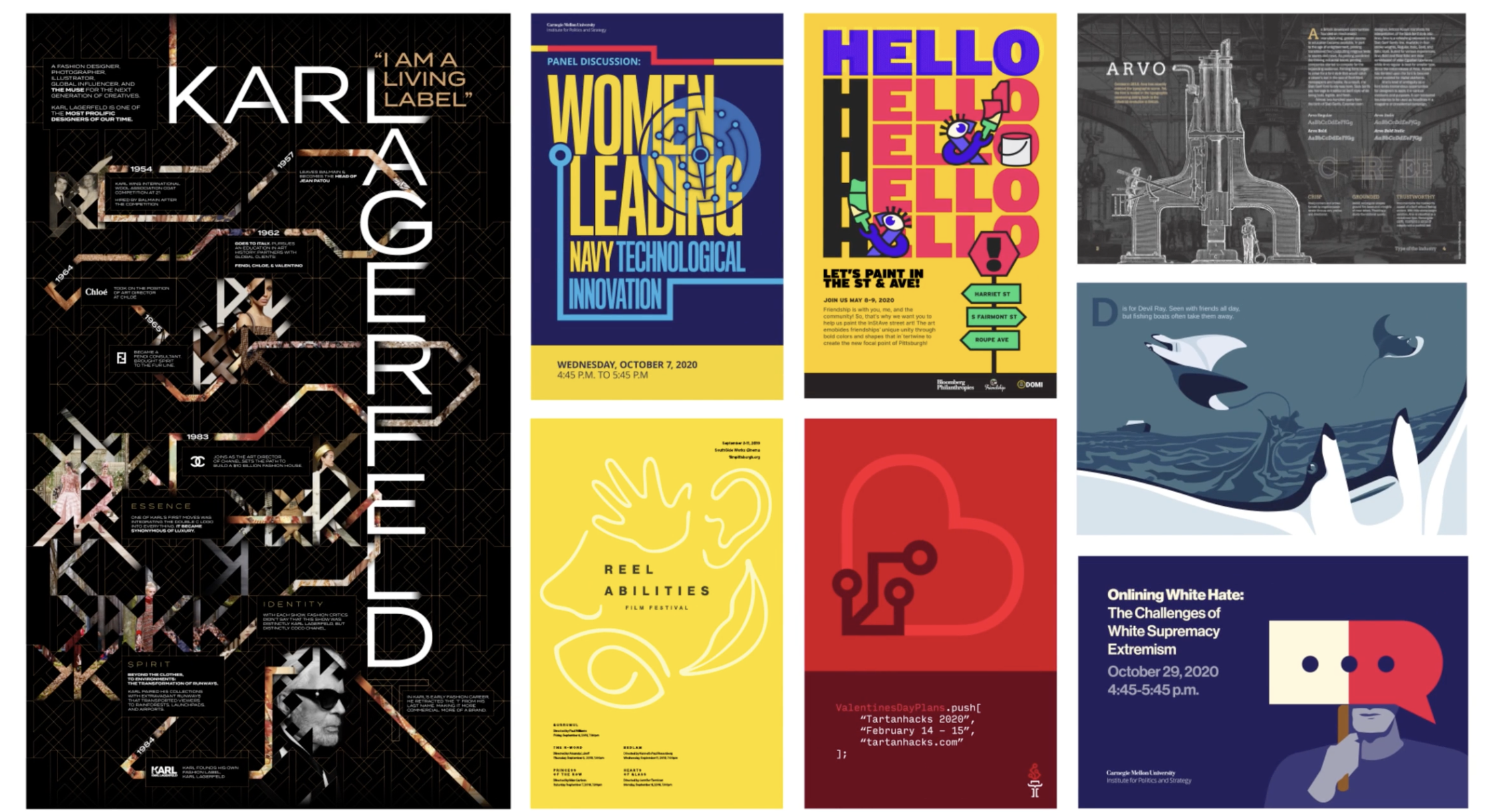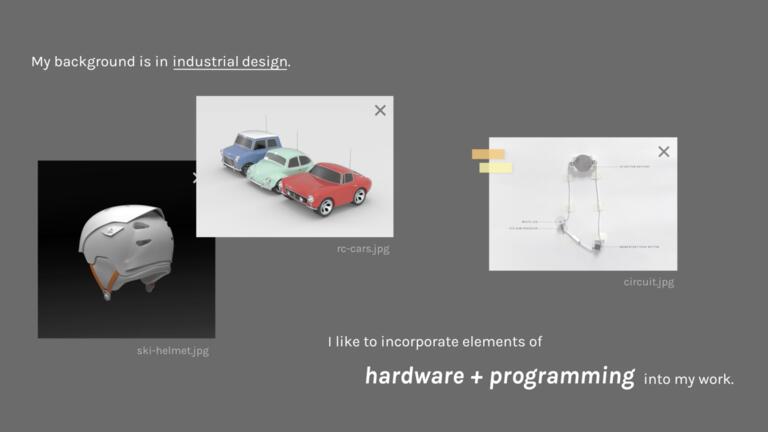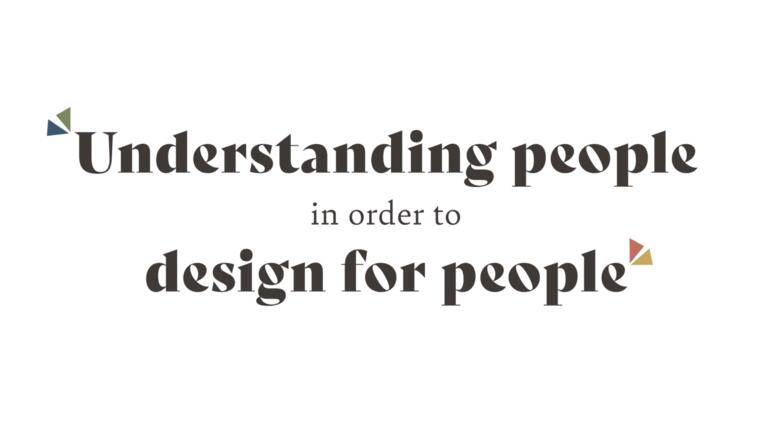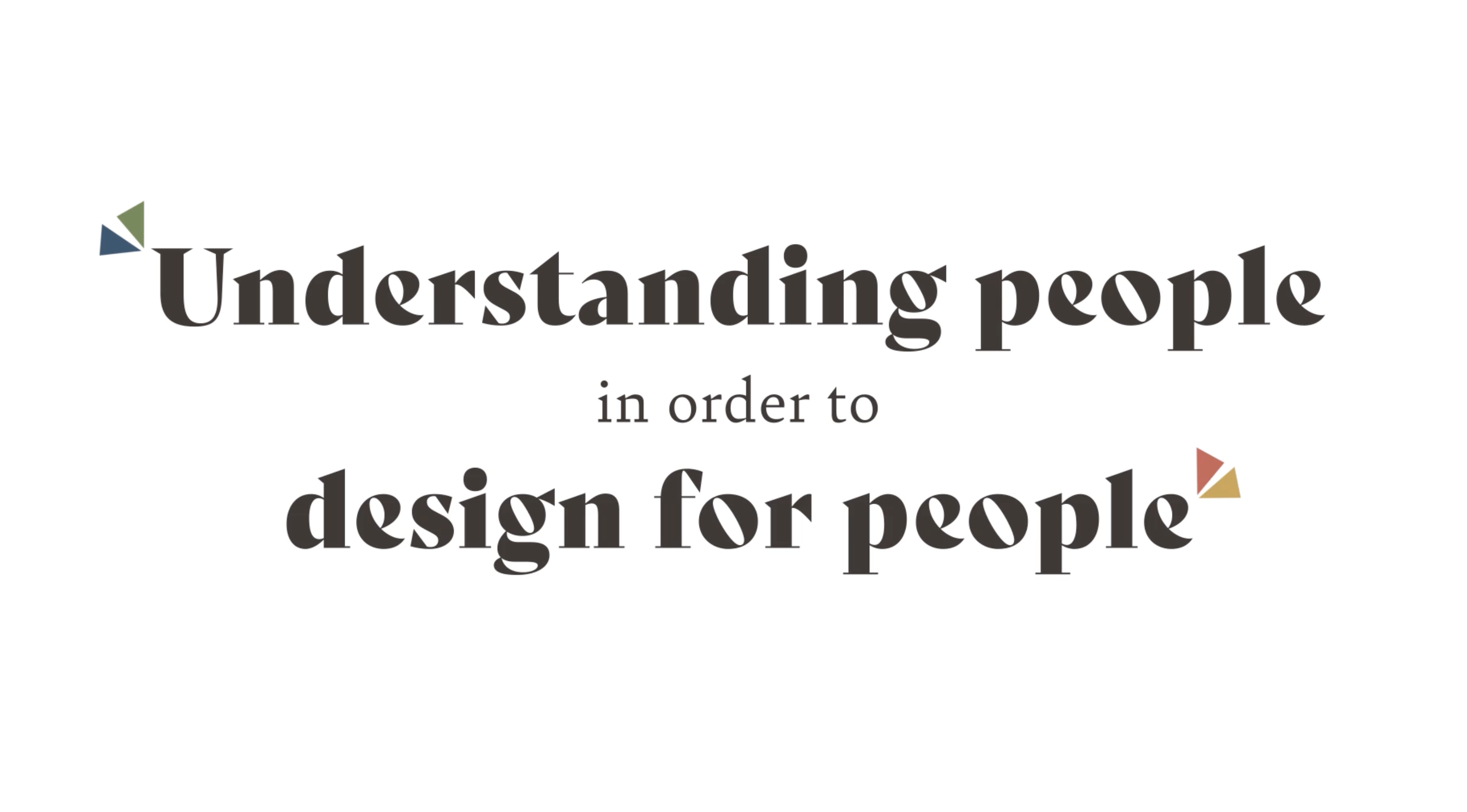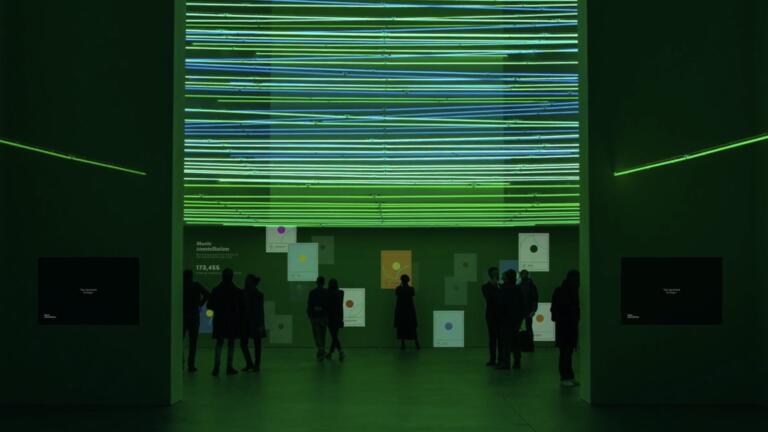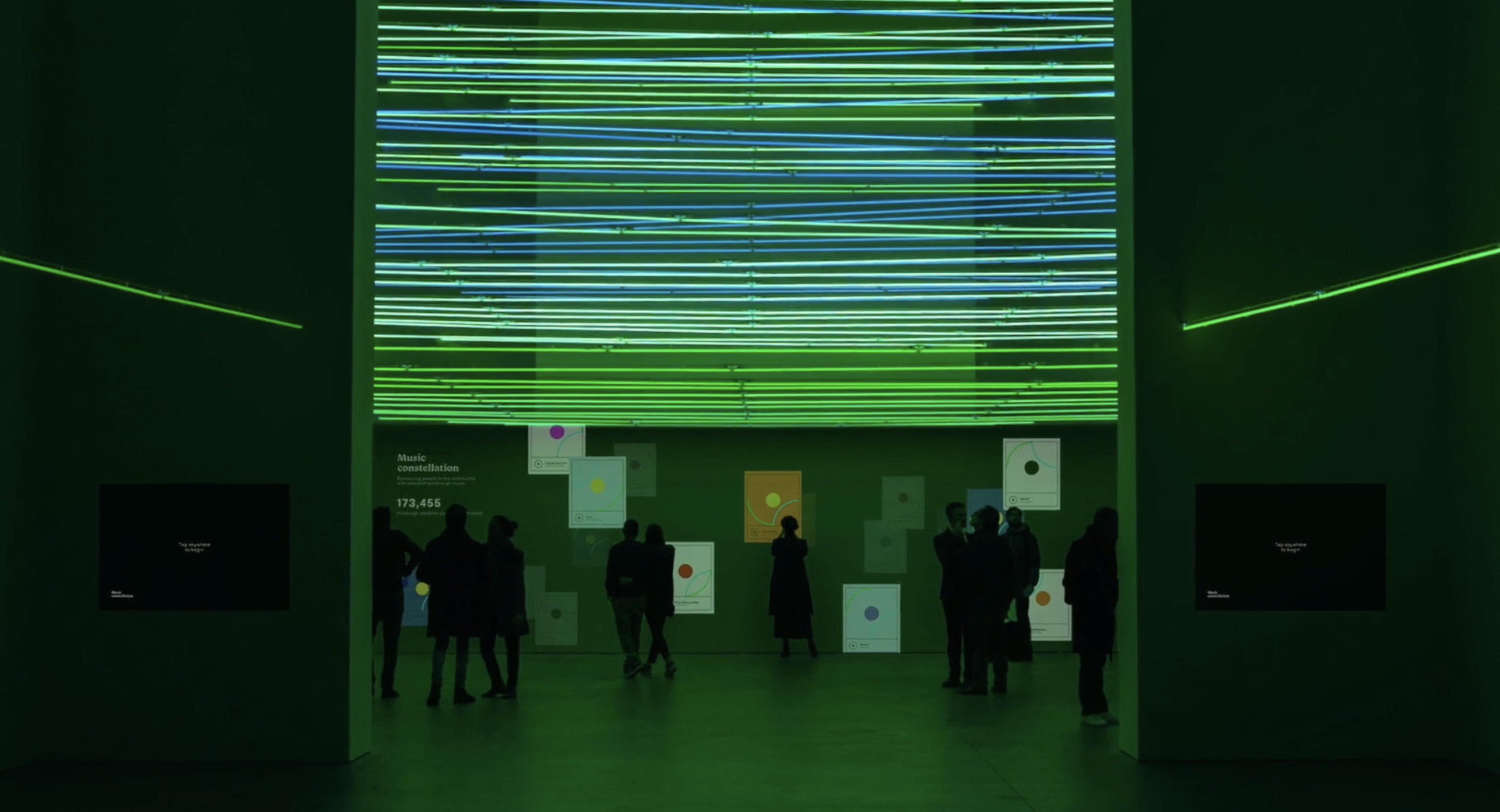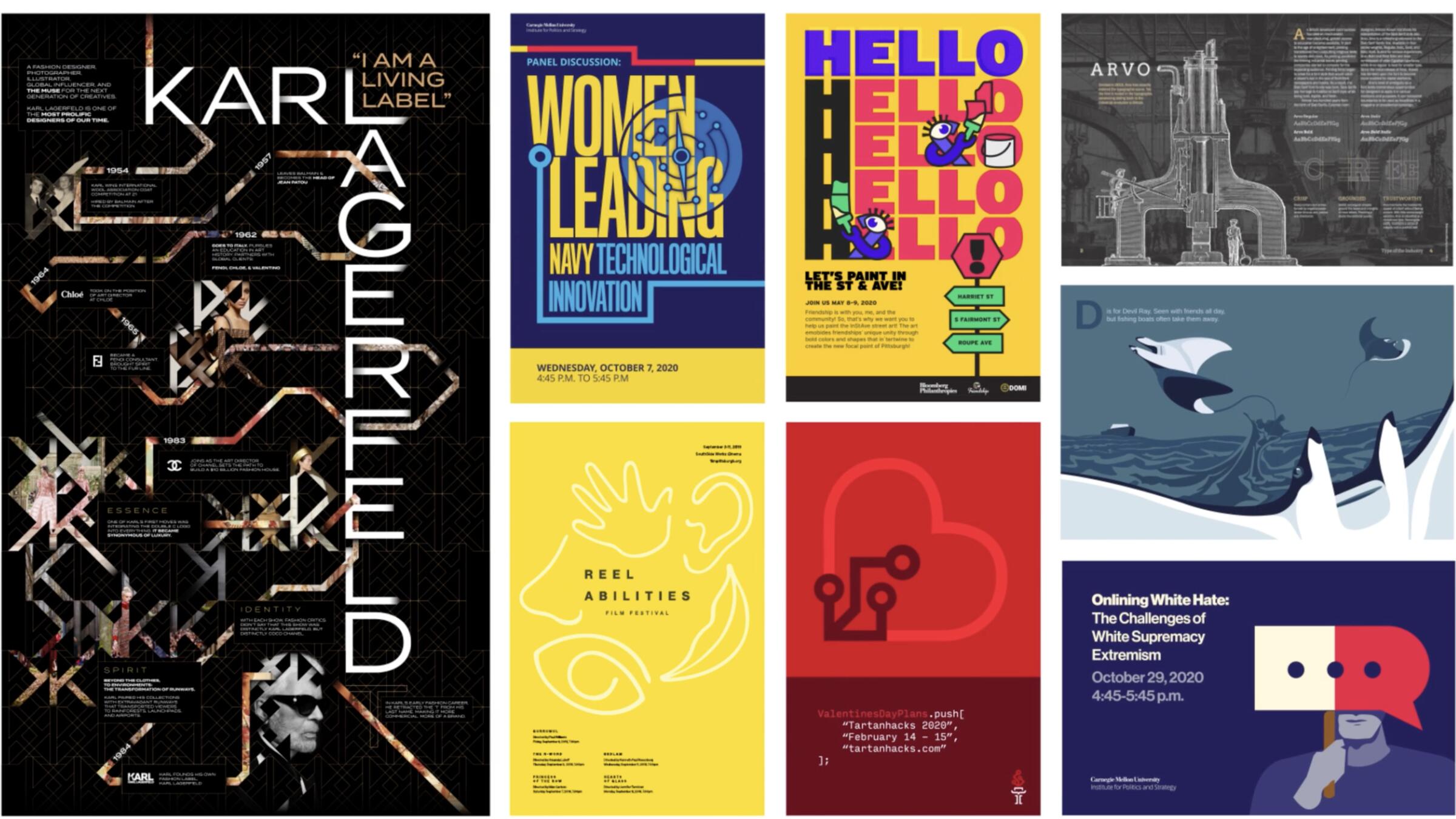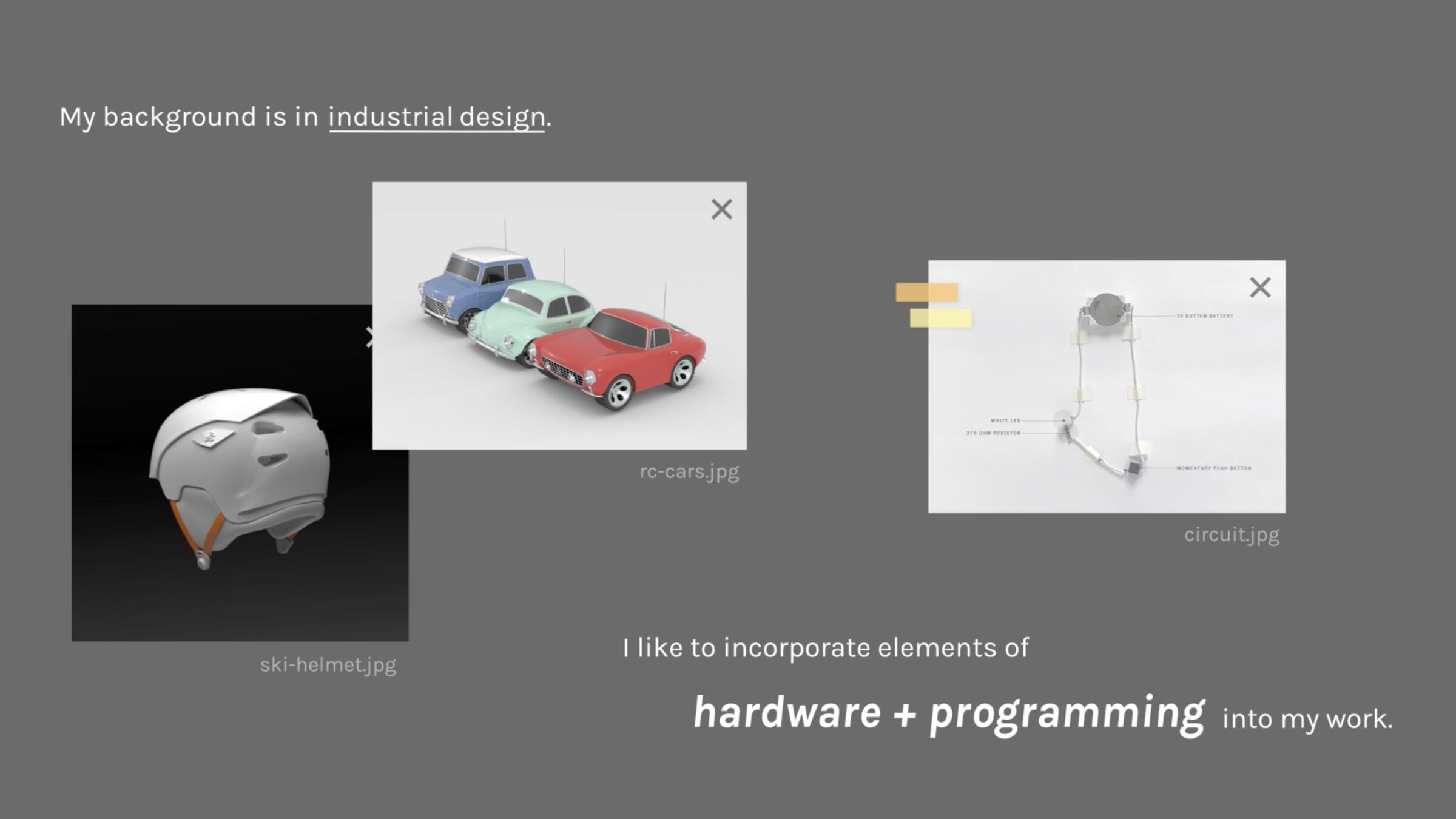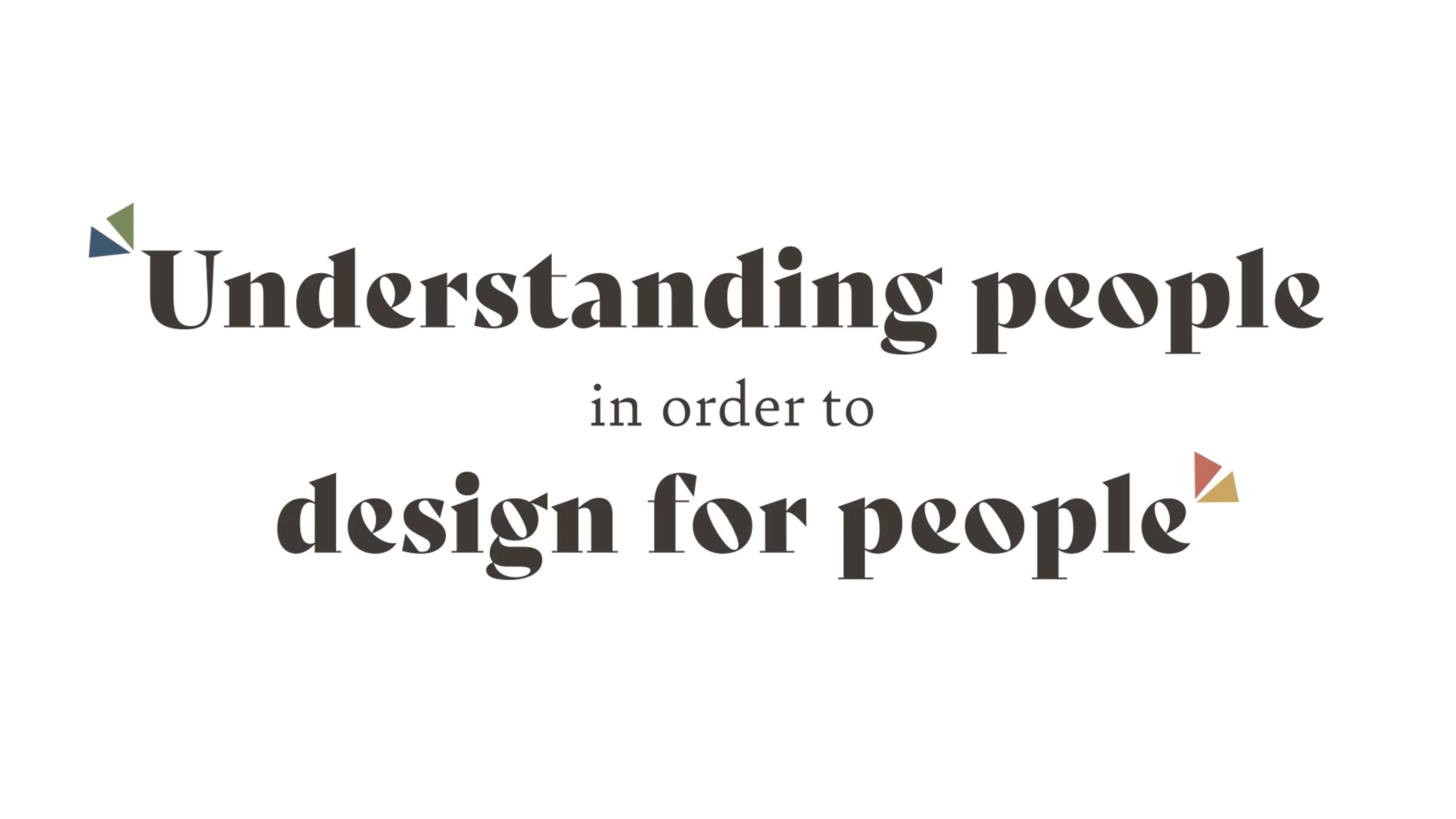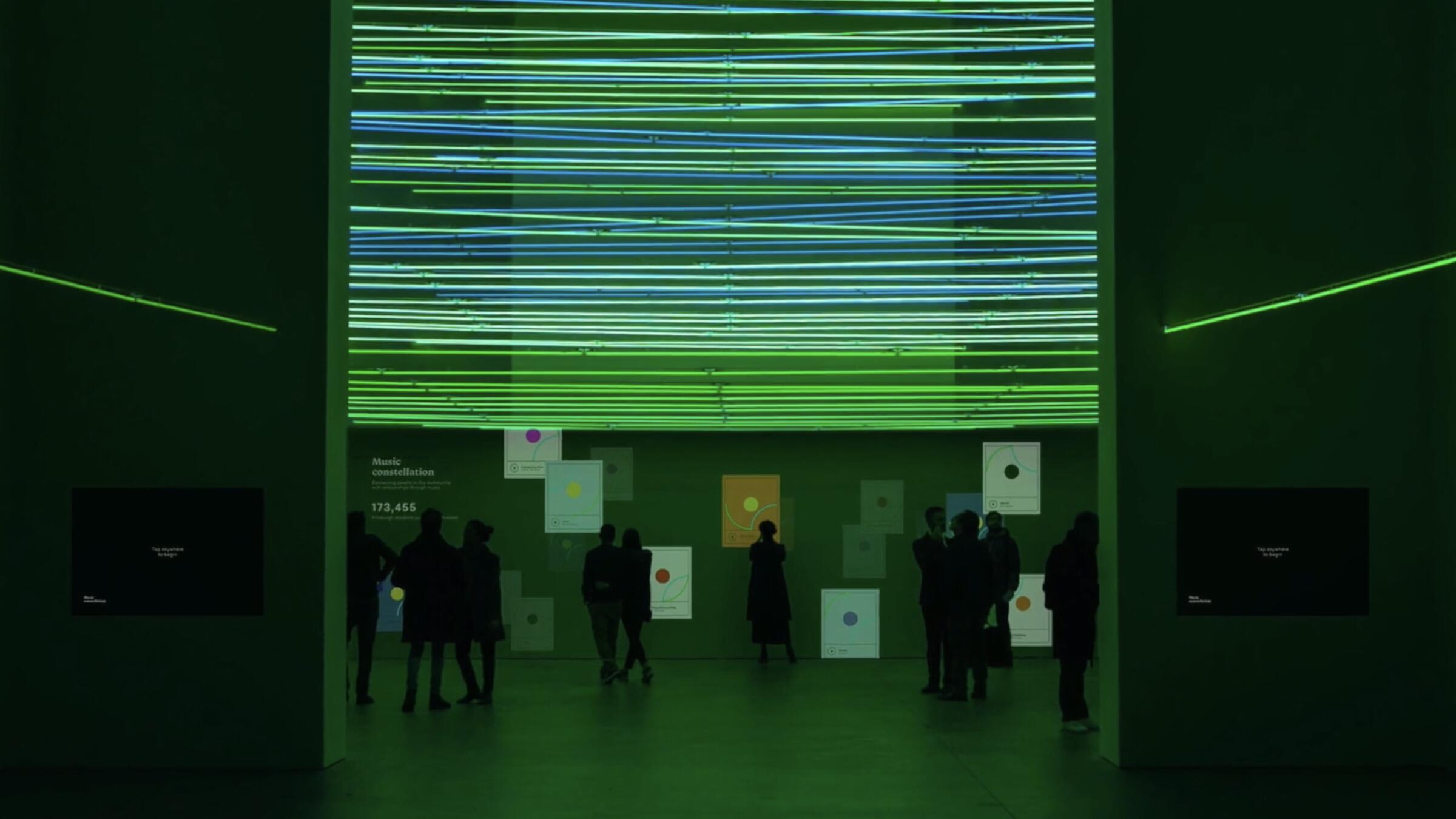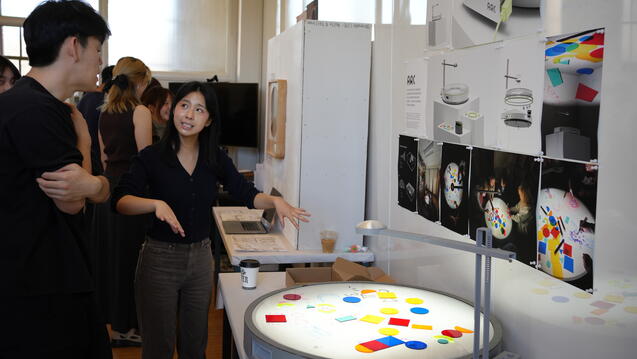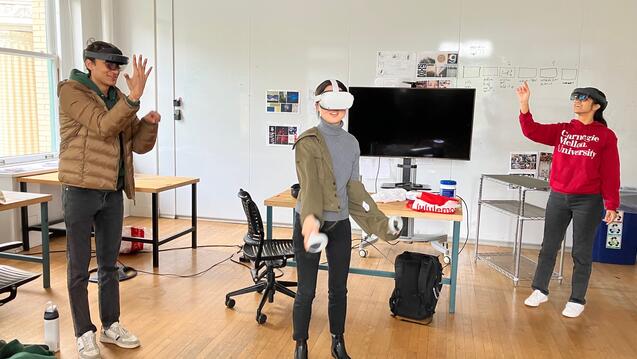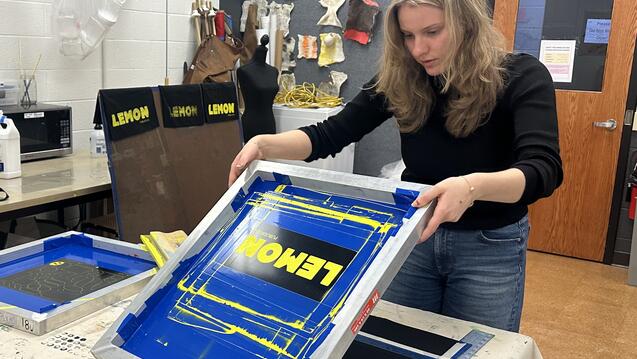Undergraduate Degrees
At its heart, design is about solving problems. In a competitive global marketplace, businesses and institutions are embracing the value of design, and the demand for professionals in the field has never been greater. Here at the School of Design, we offer a Bachelor's of Design (BDes), a BXA and a Minor in Design.
Jump To...
In the Bachelor’s of Design program, you’ll have the option to select a track to focus your education on: products design (industrial design), environments design for environments (physical spaces and related digital experiences), or communication designs (graphic design and screen-based digital interactions).
This is us
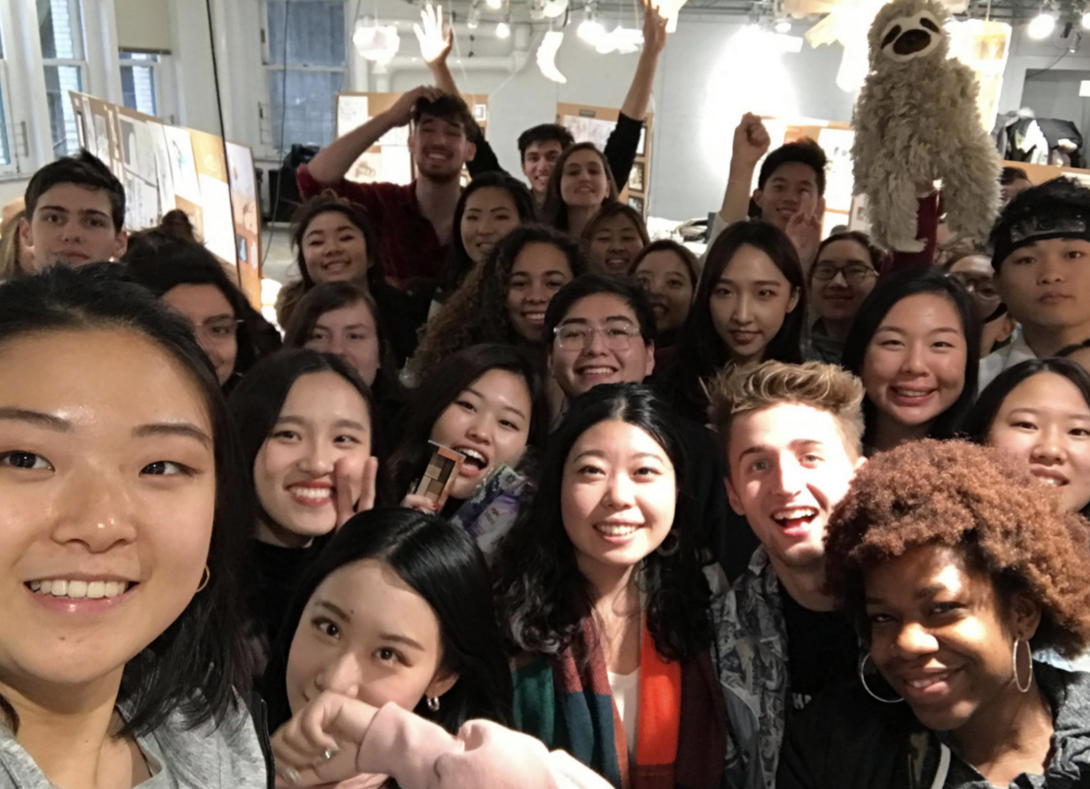
In Design, we’re a like-minded, close-knit group of makers from all backgrounds with broad interests.
UI/UX designers, product designers, environment designers, graphic/communication designers, illustrators, biomedical designers, animators, industrial designers, and creative technologists, all housed under one department.
We make a lot of stuff
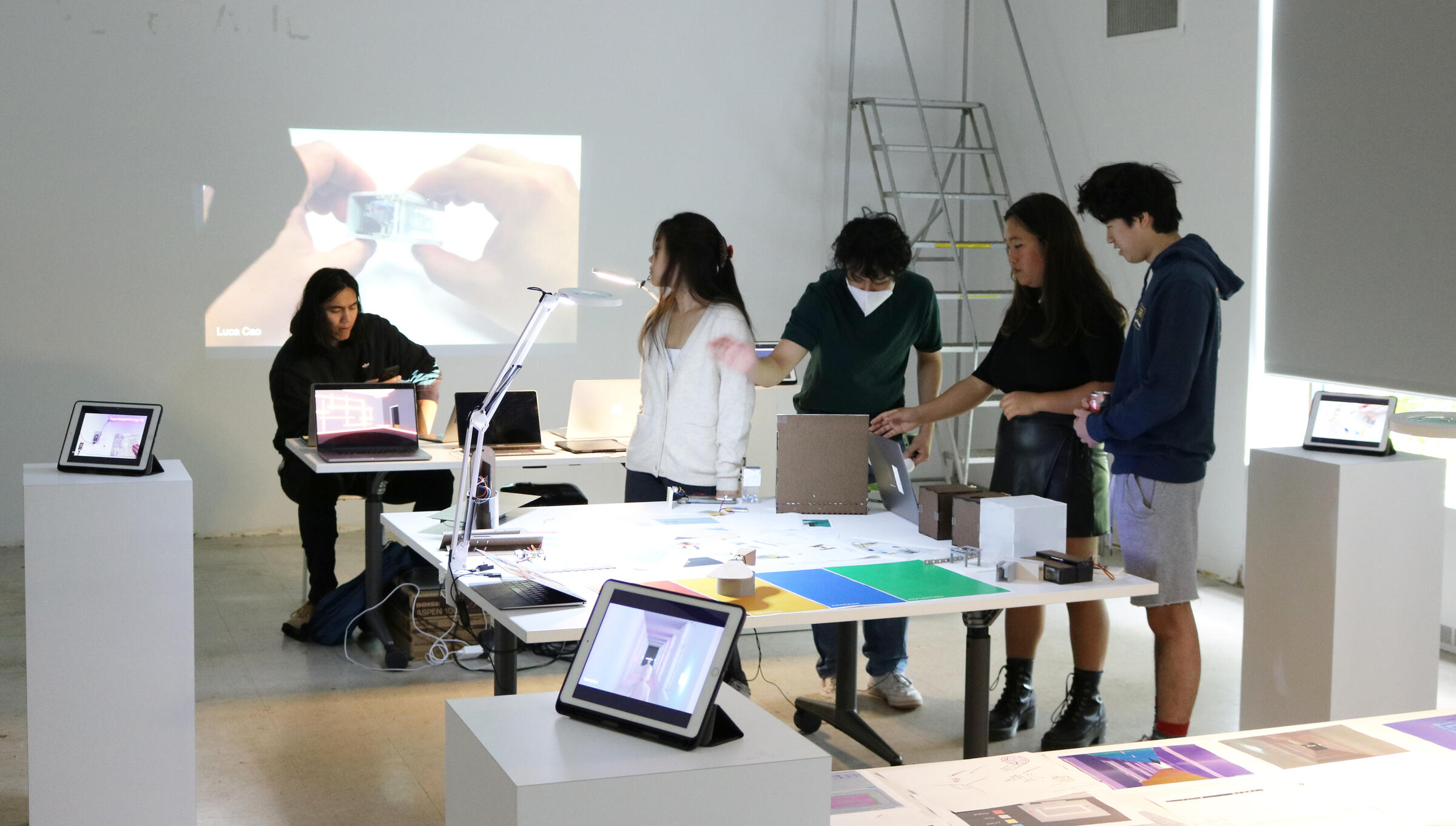
From day one, you’ll be welcomed into a studio with around 40 other students who will become your best friends, collaborators, employees and maybe even a future spouse. (It’s happened!)
You’ll live, eat, play, and work together for four years, making it just about the best community you could ever ask for.
Alongside of focused studies in design, student personal interests can be explored through elective courses within the School of Design or across the University.
So what even is Design?
We decided the best way to explain what even is design (and what you can do with it) was to ask a few of our amazing alumni...
Alumni! What is Design to you?
Choose your track
As the demand for design increases, so does the range of design expertise. When you start out as a working professional, you may want to concentrate in a single area or, with expertise gained from practice or advanced education, work across broad areas of design.
Undergraduate design majors at Carnegie Mellon earn a Bachelor of Design degree (BDes). The degree is equivalent in rank to a Bachelor of Fine Art (BFA), but conveys the growing importance of design disciplines as separate and distinct from fine art.
After completing our foundation year of design study, you’ll choose your track according to your goals and interests: Communications, Products, or Environments. Each track prepares you for entry-level professional practice opportunities in design or design study at an advanced level.
Design Studies
Throughout your undergraduate education, you'll be immersed in a series of Design Studies courses. Design Studies at Carnegie Mellon explores the theoretical foundations of design and its impact on the world in the 21st century. These courses provoke inquiry into the cultural, political, and ecological conditions that design both shapes—and is shaped by.
Study with the best. Work with industry.
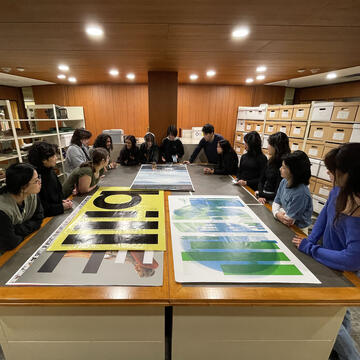
Our faculty members bring an array of impressive skill sets from a variety of academic and professional backgrounds. They’re known experts in products (industrial design), communications, and environments design and leading authorities in design research, fine art, philosophy, human-computer interaction, and business. They also have a solid history of successful collaboration with prominent companies, nonprofits, and academic partners.
Studio courses and faculty research frequently include industry and research projects—which means you’ll have exciting opportunities to interact with and present to professional designers, or even work as a research assistant.
Our programs are founded on a framework that responds to changes in the field of design, but they also seek to shape the future of the discipline and advance the field. Whatever direction you choose in your studies here, our approach prepares you for top jobs in leading companies and organizations today—while teaching you to design with future generations in mind.
Information for High School Educators
We offer information sessions for high school educators looking for more information on the career opportunities that are possible with an education in design. Please check here for details about the next session.
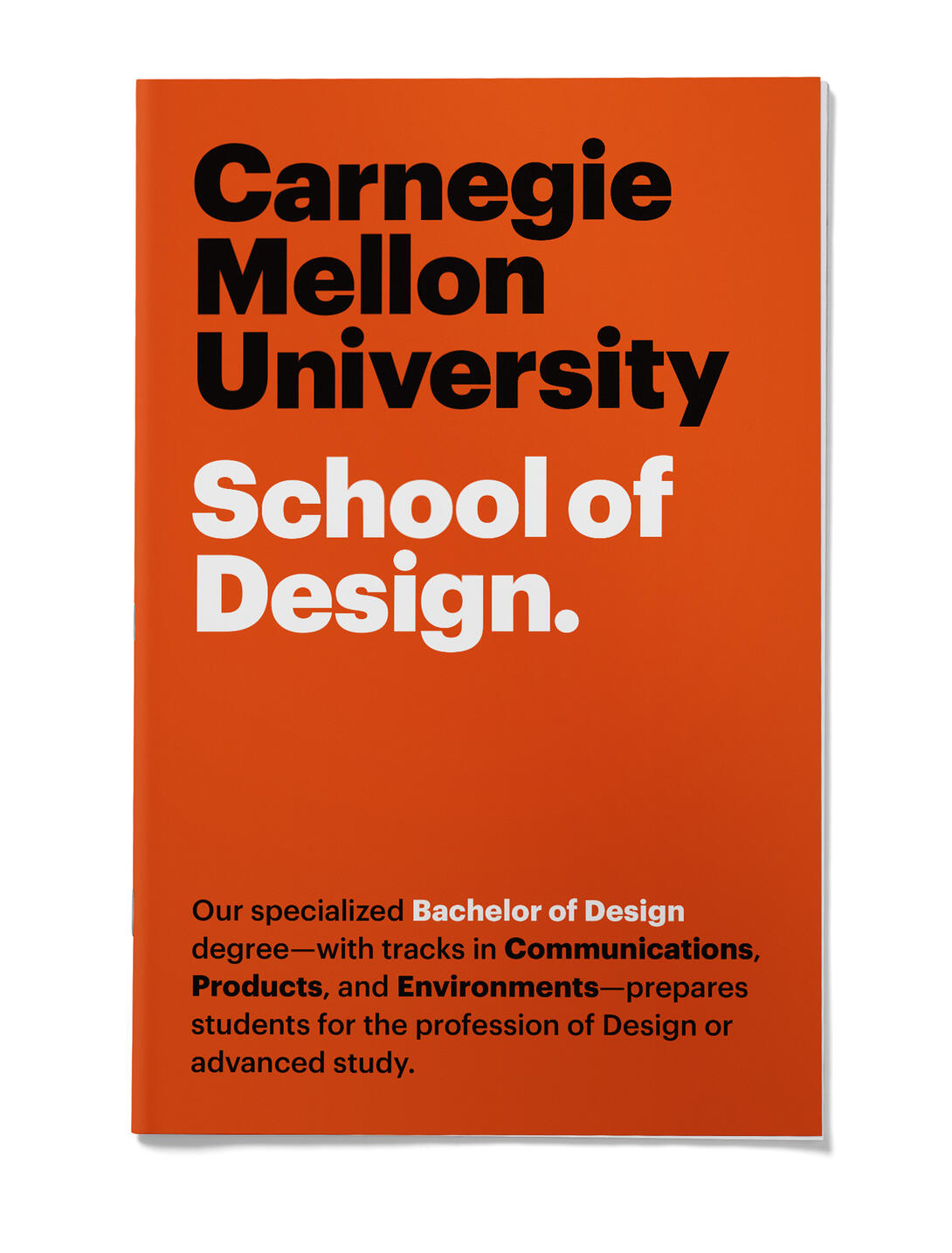
Check out the Orange Book!
Flip through our Orange Book for the BDes program. This booklet contains pictures, descriptions of all of our tracks and a glimpse of what the arc of your education will look like here at the School of Design.

